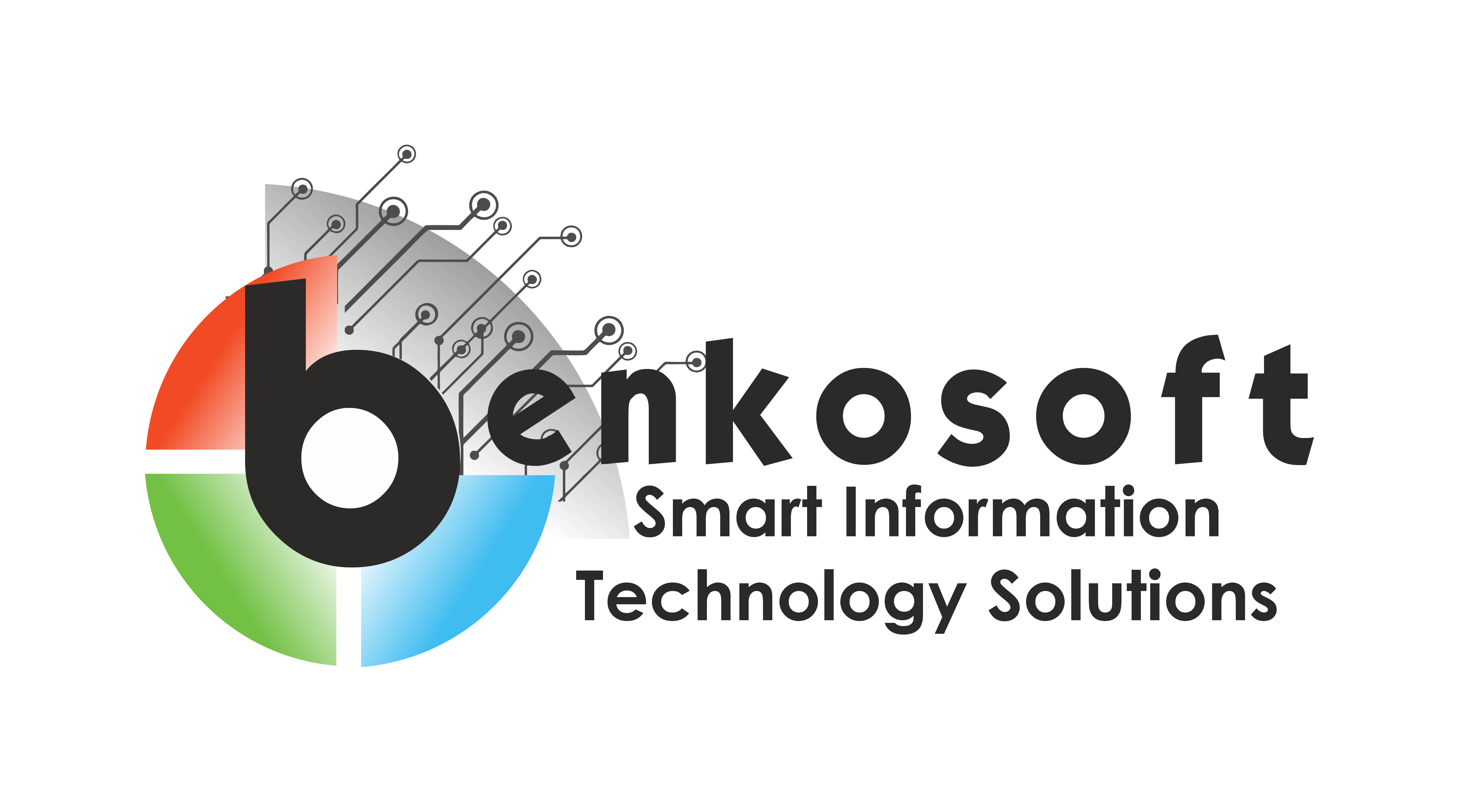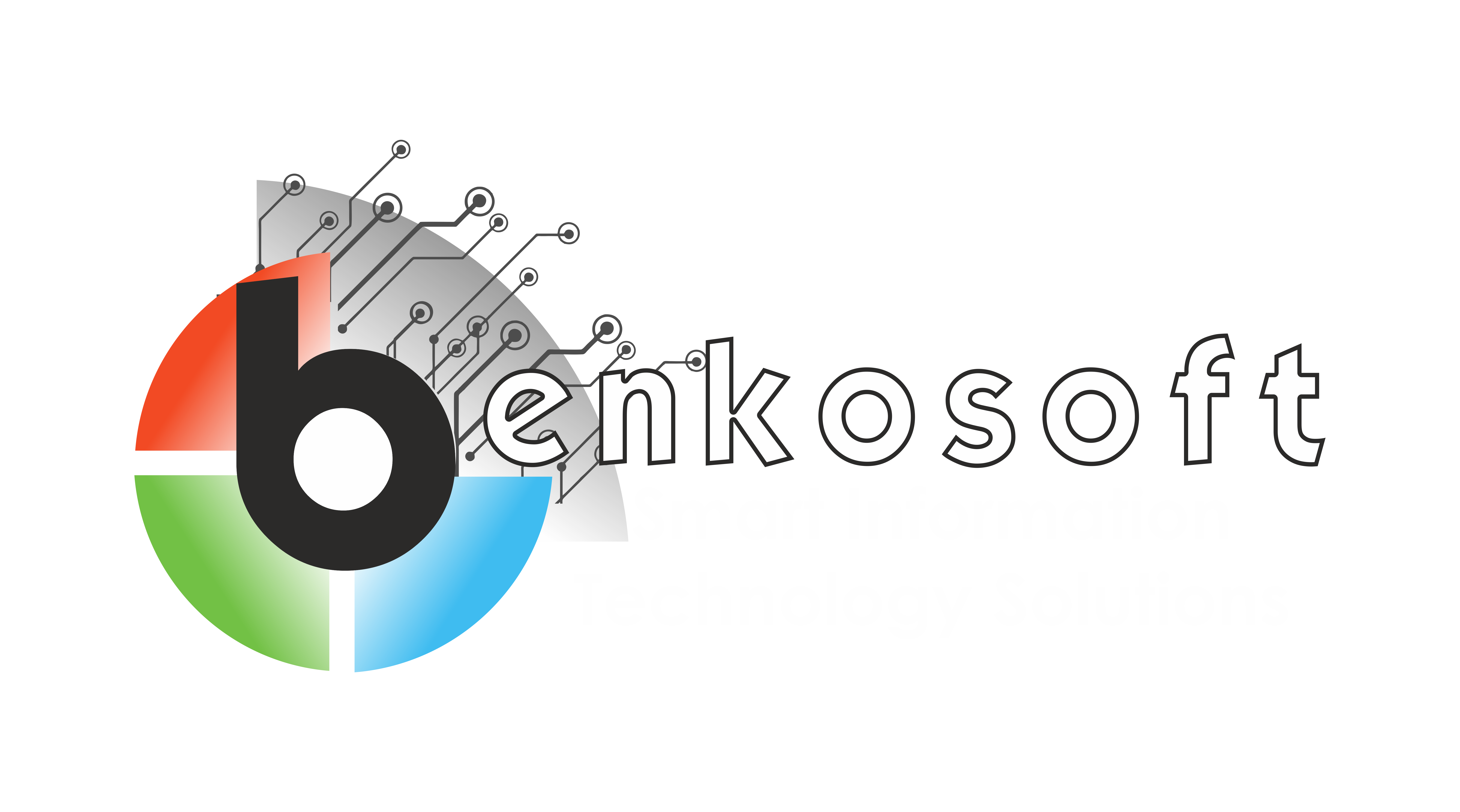Technologies
Microsoft MS-DOS
Microsoft MS-DOS (short for Microsoft Disk Operating System) is an operating system for x86-based personal computers. It was the main operating system used in IBM PC-compatible computers during the 1980s and early 1990s, before it was gradually replaced by Microsoft Windows. MS-DOS was known for its text-based command-line interface (CLI) and its relatively simple file system.
MS-DOS was first introduced by Microsoft in 1981 for use with the IBM PC. It was based on an earlier operating system called QDOS (Quick and Dirty Operating System), which Microsoft had acquired from Seattle Computer Products. MS-DOS 1.0 was very basic, providing little more than a command prompt and a few simple utilities.
Over the years, Microsoft released several versions of MS-DOS, each adding new features and improvements. MS-DOS 2.0, released in 1983, introduced support for subdirectories and batch files. MS-DOS 3.0, released in 1984, added support for hard drives and disk partitions larger than 32 MB. MS-DOS 5.0, released in 1991, introduced a more advanced shell and several new utilities.
One of the key features of MS-DOS was its support for running software from the command line. Users could launch programs by typing their names at the command prompt, and many programs included command-line options for controlling their behavior. MS-DOS also included a number of built-in utilities for managing files, formatting disks, and performing other tasks.
MS-DOS was eventually superseded by Microsoft Windows, starting with the release of Windows 1.0 in 1985. Windows was initially a graphical shell that ran on top of MS-DOS, but later versions of Windows (starting with Windows 95) incorporated their own operating system, making MS-DOS largely obsolete.
Despite its age, MS-DOS still has a small but dedicated following, particularly among hobbyists and retro computing enthusiasts. Several projects exist to emulate or recreate the MS-DOS environment on modern hardware, allowing users to run classic MS-DOS games and software.

